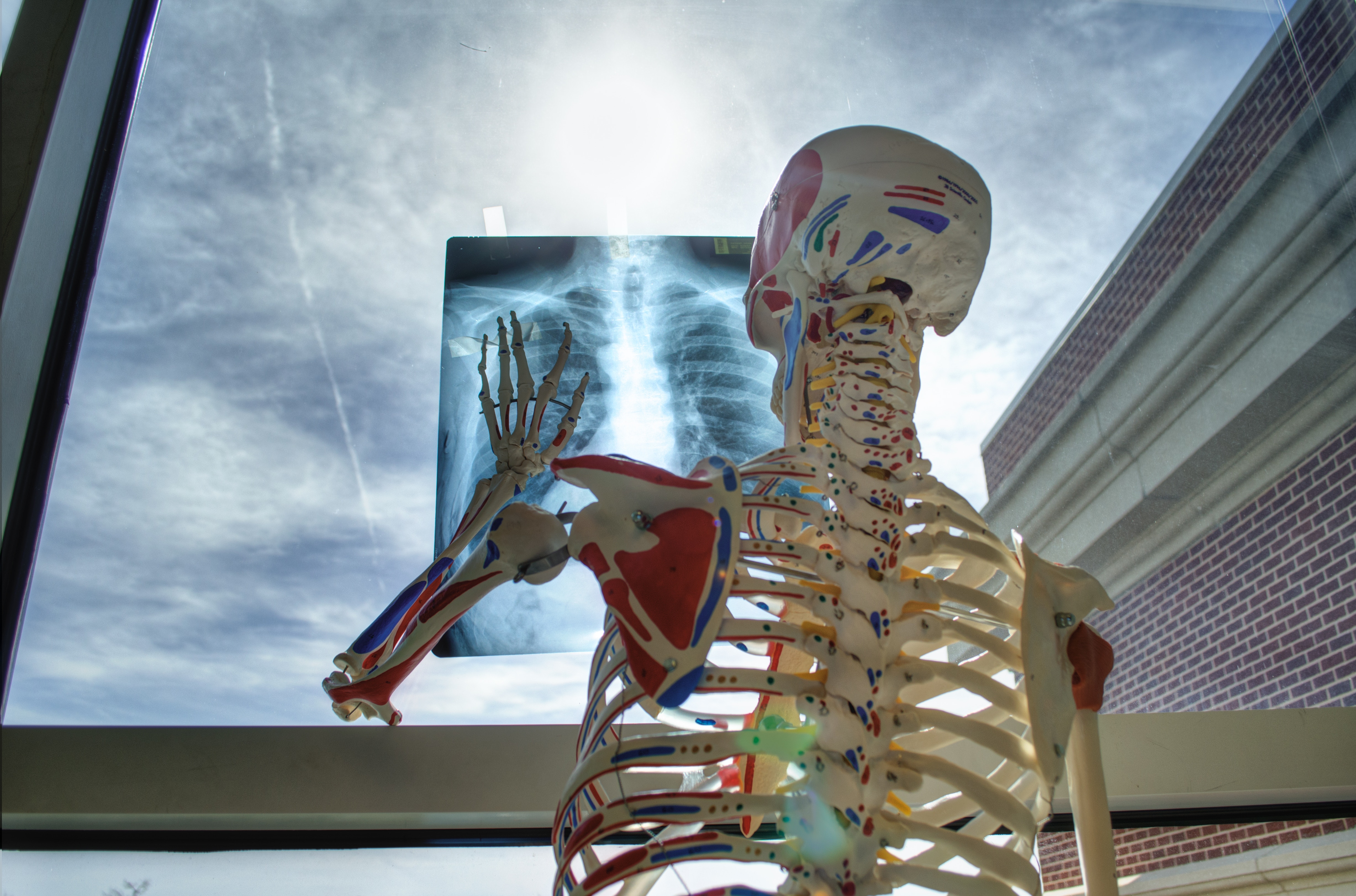Photo by Brandon Morgan on Unsplash
***
A Disease of My Own
I have a lot of medical problems. I live in hope that I will develop a unique disease that someone will name after me.
Most diseases are named after the physician or scientist who first described the condition, usually in an article in a respected medical journal. But occasionally, a disease is named after a patient. Those are called eponymous diseases. A well-known example is Lou Gehrig’s disease. Although Lou Gehrig, a New York Yankees player in he 1900s, was not the first patient who contracts amyotrophic lateral sclerosis or ALS, the association of such a prominent person with the then little-known disease resulted in his name becoming associated with it.
Valentino syndrome was named after the actor, Rudolph Valentino. That syndrome is for pain presenting in the right lower quadrant of the abdomen caused by a duodenal ulcer with perforation through the retroperitoneum. Easy for me to say.
Some fictional characters have diseases named after them if they displayed characteristics attributed to a syndrome. These include Miss Havisham syndrome or Diogenes syndrome, named after a Charles Dickens fictional character, Miss Havisham, in GREAT EXPECTATIONS. Plyushkin syndrome was named for a Nikolai Vasilievich Gogol‘s character. It is applied to people who collect and amass various useless things, a behavior known as compulsive hoarding.
To be an auto-eponymic disease, the individual whose name is being used must have been either affected by the disease or, preferably, to have died from it.
In 1906, Howard Taylor Ricketts discovered that the bacterium that causes Rocky Mountain Spotted Fever is carried by a tick. He injected himself with the pathogen and was rewarded with his name on the disease rickettsiosis. In a related story, Ricketts didn’t die of Rocky Mountain Spotted Fever; he died three years later while investigating typhus in Mexico City.
The so-called Thomsen’s disease is an autosomal dominant myotonia of voluntary muscles, described by Julius Thomsen about himself and his family members. So not only did Julius spread the disease among his family, but he got to name the disease for himself. Nice guy.
Peruvian medical student Daniel Alcides Carrión inoculated himself with Bartonella bacilliformis in 1885 and came down with what we now call Carrion disease.
Here are some well-known diseases named after the doctors and scientists who discovered them.
Alzheimer disease was named after Alois Alzheimer and Early-onset Alzheimer disease also named after Alois Alzheimer.
Barlow disease, related to scurvy due to a lack of Vitamin C, was named after Thomas Barlow, not to be confused with Barlow’s syndrome, named after John Barlow, which is a valvular heart disease.
Crohn’s disease, a type of inflammatory bowel disease, was named after Burrill Bernard Crohn, a gastroenterologist, in 1932. So it’s been around for a long time even longer than its name has been around: 85 years. There are no medications or surgical procedures that can cure Crohn’s disease. So if you’re looking for a hobby, you might consider curing Crohn’s and perhaps getting the cure named after you, like the Jonas Salk polio vaccine. Many people will thank you, I’m sure.
Harvey Cushing named Cushing’s disease which is a cause of Cushing’s syndrome characterized by increased secretion of adrenocorticotropic hormone (ACTH) from the anterior pituitary. He also named Cushing’s ulcer, a gastric ulcer associated with elevated intracranial pressure. For goodness sake, don’t confuse Cushing’s disease or Cushing’s syndrome or Cushing’s ulcer with ectopic Cushing syndrome, which occurs due to exogenous steroid use.
Graves’ disease was named after Robert James Graves. It’s an autoimmune disease that affects the thyroid and — I think the medical phrase is — makes your eyes bug out.
James Paget was pretty prolific, as diseases go. He came up with Paget’s disease of bone, which is the excessive breakdown and formation of bone, followed by disorganized bone remodeling. He also named Paget’s disease of the breast, which has nothing to do with bones, hopefully, but is a type of cancer that outwardly may have the appearance of eczema, with skin changes involving the nipple of the breast. He also named Paget’s disease of the penis, a rare form of cancer, and Paget’s disease of the vulva, also a rare, slow-growing, noninvasive adenocarcinoma in the skin. So you see, James Paget was responsible for a sort of organ of the month club of diseases.
Tourette syndrome named after the person with the longest name I’ve seen a long time: Georges Albert Édouard Brutus Gilles de la Tourette.
Baron Munchausen was not a physician or scientist, but he lent his name to Munchausen syndrome, a factitious disorder wherein those affected feign disease, illness, or psychological trauma to draw attention, sympathy, or reassurance to themselves. Patients with Munchausen syndrome do not really believe they are sick; they only want to be sick, and thus fabricate the symptoms of an illness. I can relate to that one. Munchausen syndrome by proxy is when a caregiver fabricates or exaggerates health problems for the person she’s caring for, with the primary motive of gaining attention or sympathy from others.
I spent an enjoyable hour reviewing diseases on the Internet that I’ve heard of. You wouldn’t believe how many, many more obscure diseases and syndromes are named after people. I counted more than 400 on a Wikipedia web site of eponymously named diseases.
But I haven’t come across a Mark Levy disease or a Mark Levy syndrome, so there’s hope for me. Perhaps someone can diagnose the disease of a pathological desire to share silly Internet-derived trivia with public radio listeners. Boy, doesn’t that have my name on it.
About the author:
 Mark Levy is a contributing editor to Ragazine of a legal advice column for artists and others who are engaged in creative pursuits (Feeding the Starving Artist), and is Ragazine‘s “Casual Observer”. You can read more about him in “About Us“.
Mark Levy is a contributing editor to Ragazine of a legal advice column for artists and others who are engaged in creative pursuits (Feeding the Starving Artist), and is Ragazine‘s “Casual Observer”. You can read more about him in “About Us“.


Recent Comments